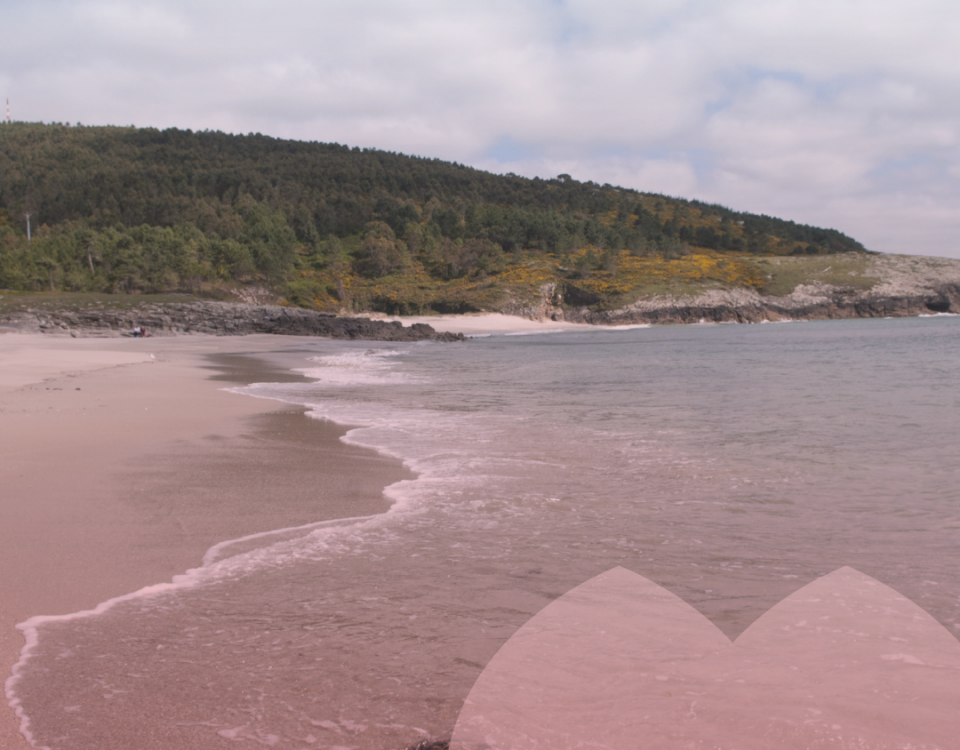- El mejor turismo de galicia
Tourism in Galicia will increase up to 3% due to the climate crisis, according to the European Union
Tourism in Galicia will increase up to 3% due to the climate crisis, according to the European Union
- A study by the Joint Research Center, advisor to the European Commission, affirms that the increase in temperatures will cause an increase in tourist demand.
The increase in temperatures caused by the climate crisis, in addition to affecting the environment or health, also causes changes in economic sectors, such as tourism. The study ‘Regional impact of climate change on European tourism demand‘ of the The Joint Research Center (JRC), advisory research center of the European Commission, reveals how the increase in temperatures can affect European tourist flows.
The report proposes four different scenarios: two levels of warming in line with the objectives of the Paris Agreement (1.5º and 2º), and two more extreme ones (3º and 4º). In all cases, Galicia would be among the territories in which tourist demand would increase due to rising temperatures, with an increase of 0.5% for the first scenario, with 1.2% for the second scenario. 2nd, 2.5% for the 3rd, and up to 3.2% for the 4th.
Only the Principality of Asturias and Cantabria would improve the data for our community, which would be the community that would experience the greatest growth. On the other hand, communities such as the Balearic Islands, the Valencian Community, Andalusia, Madrid and Catalonia would be negatively affected, seeing their tourist demand reduced.
The Spanish case follows the European pattern. The central-northern areas would register increases in tourist demand, while those in the south would suffer reductions. On the other hand, the study also opens the possibility that the seasonality patterns will change, contemplating that the coastal regions of northern Europe register a significant increase in demand during the summer months and the beginning of.
The greatest increase in tourist activity in all of Europe is projected in the month of April, with an estimated increase of 8.89% compared to the current situation in a 4º scenario. The greatest fall in European tourist demand is expected in the month of July, reaching a reduction of 5.72%.









